Michael Novakhov retweeted:
Elon Musk teases MORE explosive Twitter censorship revelations today trib.al/LVFixwA
Michael Novakhov retweeted:
Elon Musk teases MORE explosive Twitter censorship revelations today trib.al/LVFixwA
Beijing residents on Saturday cheered the removal of COVID-19 testing booths while Shenzhen said it would no longer require commuters to present test results to travel, as an easing of China’s virus curbs gathered pace.
Although daily cases are hovering near all-time highs, some cities are taking steps to loosen COVID-19 testing requirements and quarantine rules as China looks to make its zero-COVID policy more targeted amid a sharp economic slowdown and public frustration that has boiled over into unrest.
The southern city of Shenzhen announced it would no longer require people to show a negative COVID test result to use public transport or enter parks, following similar moves by Chengdu and Tianjin.
Many testing booths in the Chinese capital of Beijing have also been shut, as the city stops demanding negative test results as a condition to enter places such as supermarkets and prepares to do so for subways from Monday. Many other venues including offices still require testing.
A video showing workers in Beijing removing a testing booth by crane on to a truck went viral on Chinese social media on Friday.
“This should have been taken away earlier!,” said one commentator. “Banished to history,” said another.
Reuters was not able verify the authenticity of the footage. At some of the remaining booths, however, residents grumbled about hour-long queues for the tests due to the closures.
Three years into the pandemic, China has been a global outlier with its zero-tolerance approach towards COVID that has seen it enforce lockdowns and frequent virus testing. It says the measures are needed to save lives and avoid overwhelming its healthcare system.
China began tweaking its approach last month, urging localities to become more targeted. Initial reactions, however, were marked with confusion and even tighter lockdowns as cities scrambled to keep a lid on rising cases.
Then a deadly apartment fire last month in the far western city of Urumqi sparked dozens of protests against COVID curbs in a wave unprecedented in mainland China since President Xi Jinping took power in 2012.
China is set to further announce a nationwide reduction in testing requirements as well as allowing positive cases and close contacts to isolate at home under certain conditions, sources familiar with the matter told Reuters earlier this week.
Xi, during a meeting with European Union officials in Beijing on Thursday, blamed the mass protests on youth frustrated by years of the COVID-19 pandemic, but said the now-dominant Omicron variant of the virus paved the way for fewer restrictions, EU officials said.
Officials have only recently begun to downplay the dangers of Omicron, a significant change in messaging in a country where fear of COVID has run deep.
On Friday, some Beijing neighbourhoods posted guidelines on social media on how positive cases can be quarantined at home, a landmark move that marks a break from official guidance to send such people to central quarantine.
Still, the relief has also been accompanied by concerns, especially from groups who feel more exposed to the disease.
And many analysts say they still don’t anticipate a significant reopening until at least after March next year, citing China’s needs to achieve results in a vaccination drive targeting the elderly that it just launched.
Estimates for how many deaths China could see if it pivots to a full reopening have ranged from 1.3 million to over 2 million though some researchers said the death toll could be reduced sharply if there was a focus on vaccination.
“None of this should be interpreted as a fundamental shift away from the zero-COVID policy but rather an effort to make it more streamlined and less costly. The goal is still to get cases back close to zero,” Capital Economics said in a note, referring to the recent fine-tuning of policy.
“The alternative of letting the virus spread widely before more of the elderly are vaccinated and healthcare capacity has been ramped up would result in a higher death rate than in many Asian countries that reopened earlier, undermining China’s zero-COVID success,” they said.
China reported 32,827 new local COVID-19 infections for Dec. 2, down from 34,772 a day earlier. As of Friday, China reported 5,233 COVID-related deaths and 331,952 cases with symptoms.
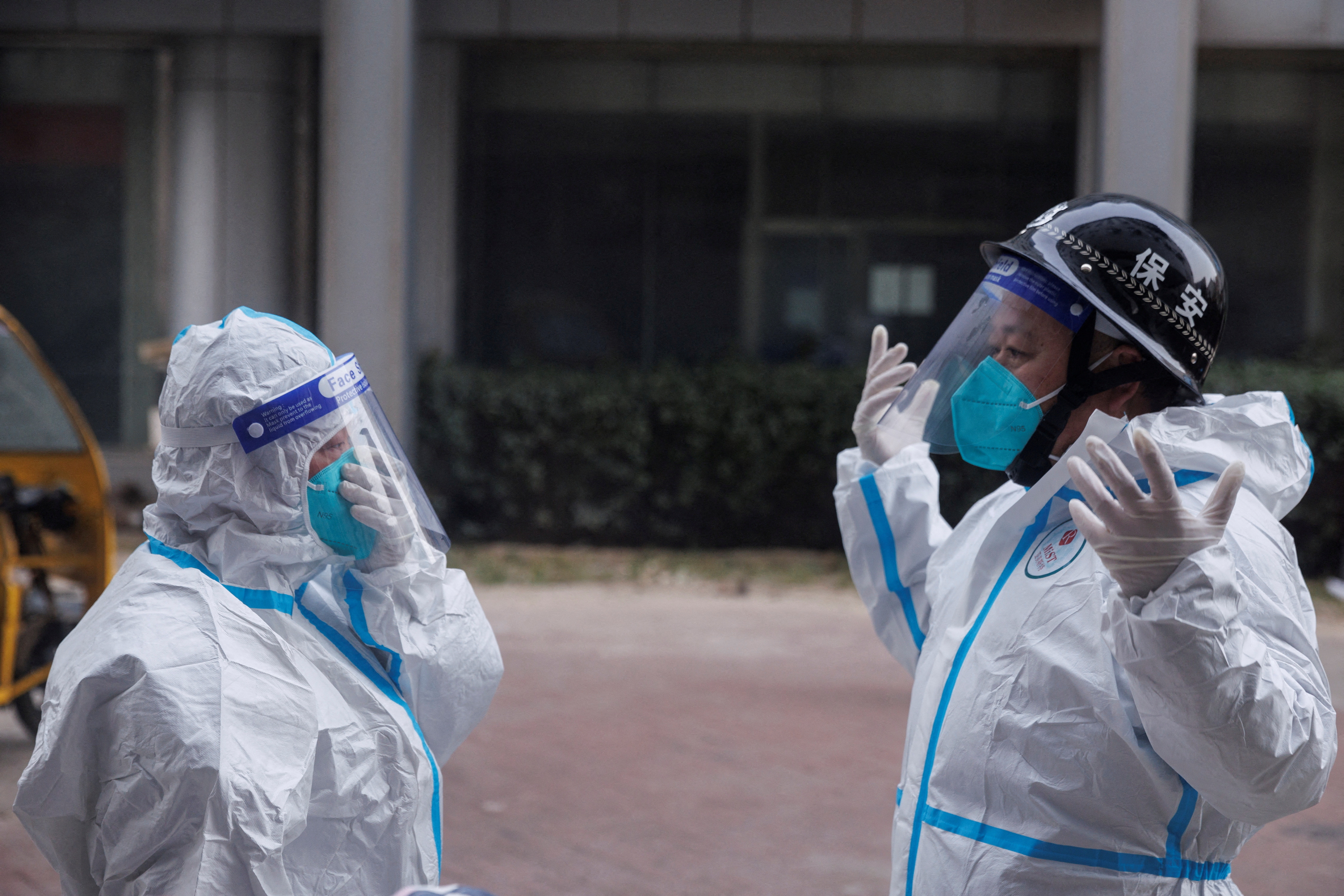



Delta Air Lines (DAL.N) has offered a 34% cumulative pay increase to its pilots over three years in a new contract, demonstrating the bargaining power aviators are enjoying in a short-staffed industry with booming travel demand.
If the deal is approved by Delta pilots, it is widely expected to act as a benchmark for contract negotiations at rivals United Airlines (UAL.O) and American Airlines (AAL.O).
Delta pilots will get a raise of at least 18% raise on the date the contract is signed, another 5% after one year, 4% after two years and 4% after three years, according to a draft contract seen by Reuters.
They will also get a one-time payment equivalent to a cumulative 22% of their earnings between 2020 and 2022 after the deal is ratified.
The Atlanta-based carrier’s pilots have been working without a new contract for nearly three years after their old contract became amendable in December 2019, fueling frustration.
They voted overwhelmingly in October to authorize a strike if negotiators could not reach an agreement on the new contract.
The hefty pay raises are expected to further worsen cost pressures for carriers just as concerns over a U.S. recession spark worries about consumer spending.
Although ticket sales remain strong, investors fear travel demand could slip, making it harder for a debt-laden industry to repair its balance sheet. They fear carriers might be forced to borrow even more money to fund operations.
A scramble, however, among carriers to staff up to capitalize on booming consumer demand has enhanced the bargaining power of pilots. With the industry returning to profitability, pilots argue airlines can pay them more to cover their increased costs of living.
Airlines, thus far, have been relying on strong demand and higher fares to mitigate inflationary pressure. Any increase in their labor costs is expected to be passed along to customers through higher ticket prices.
In the draft agreement, Delta promises that pay rates of its pilots will exceed those at United and American by at least 1%.
In a memo to its members, the union representing Delta pilots said the deal represents more than $7.2 billion of cumulative value increases over the next four years.
Delta said it is “pleased to have reached an agreement in principle for a new pilot contract, one that recognizes the contributions of our pilots to Delta’s success.”
In a year of protests for the industry, pilots at all major U.S. carriers have been demanding higher wages and a better work-life balance.
Hundreds of United pilots picketed outside Chicago’s O’Hare airport on Thursday, asking for an “industry-leading” contract. Last month, they turned down an offer that included more than 14.5% cumulative wage increases and enhanced overtime and training pay.
American pilots also rejected a proposed 19% pay hike over two years that would have cost the Texas-based carrier about $2 billion.
Pilots are also demanding a better quality of life. They say staffing and operational issues at carriers are driving up overtime, leaving them exhausted.
In its memo, Delta’s pilot union said more than 25% of the value of the contract agreement is dedicated to quality-of-life related items.
The proposed deal also provides for 10 weeks of paid maternity leave, two weeks of paid parental leave and reduced health insurance premiums.
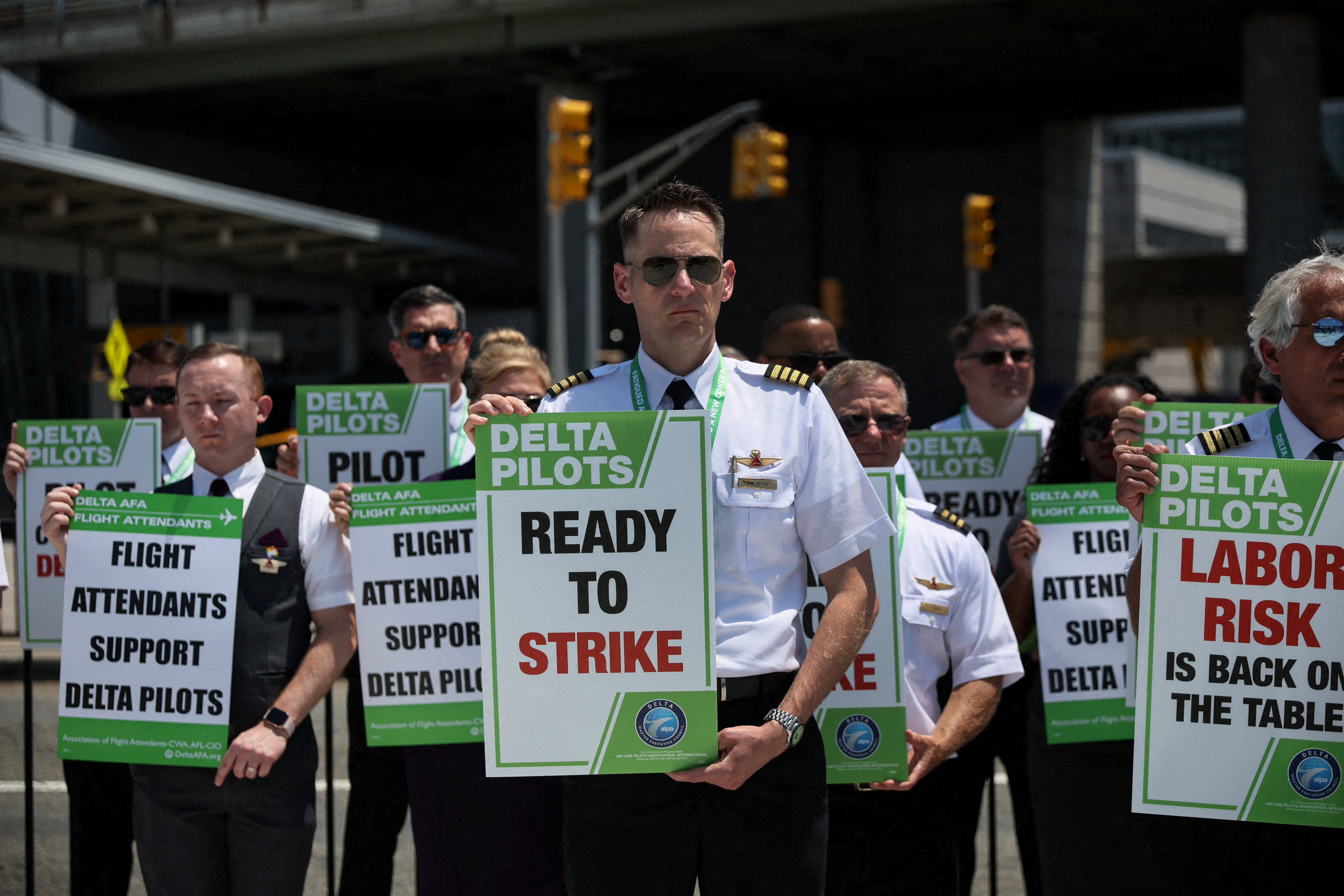
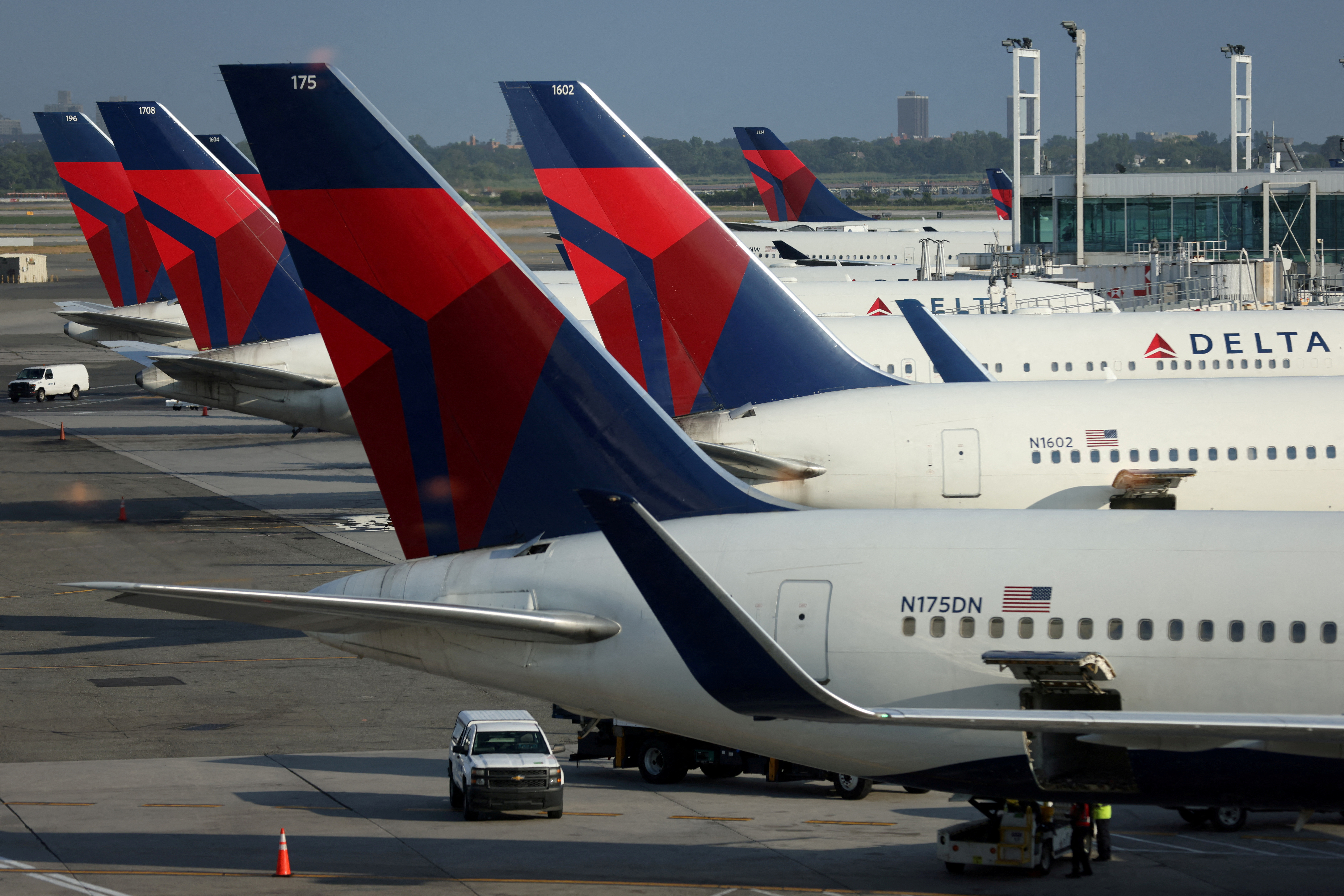
The first round of negotiations on a global plastics treaty ended on Friday with agreement to end plastic pollution but a split on whether goals and efforts should be global and mandatory, or voluntary and country-led.
More than 2,000 delegates from 160 countries, meeting in Uruguay in the first of a planned five sessions of the Intergovernmental Negotiating Committee (INC), aim to craft the first legally binding agreement on plastic pollution by the end of 2024.
The negotiations in the coastal city of Punta del Este pitted a “High Ambition Coalition,” including European Union members, against countries including the United States and Saudi Arabia, which have the world’s top plastic and petrochemical companies.
U.N. Secretary-General Antonio Guterres, saying plastics were “fossil fuels in another form,” urged nations to crack down on pollution and production.
“I call on countries to look beyond waste and turn off the tap on plastic,” he said on Twitter.
United Nations members agreed in March to create the treaty to deal with the scourge of plastic waste but they differ on major issues, including whether to limit plastic production, phase outs types of plastics and harmonize global rules.
The High Ambition Coalition of over 40 countries, including EU members, Switzerland, host Uruguay and Ghana, wants the treaty to be based on mandatory global measures, including curbs on production.
“Without a common international regulatory framework, we will not be able to address the global and increasing challenge of plastic pollution,” Switzerland said in its position statement.
That approach contrasts with the country-driven pledges advocated by countries including the United States and Saudi Arabia.
“The United States is committed to working with other governments and stakeholders throughout the INC process to develop an ambitious, innovative and country-driven global agreement,” a U.S. State Department spokesperson said in a statement.
Washington has said it wants the pact to resemble the structure of the Paris climate agreement, in countries set their own greenhouse gas reduction goals and action plans.
Saudi Arabia said it wants a treaty focused on plastic litter that is built on “a bottom-to-top approach and based on national circumstances.”
Critics say such an approach would weaken a global treaty.
“Although in the minority, there are some powerful opponents of global rules and standards, which risk potentially weakening obligations on countries to take action,” said Eirik Lindebjerg, WWF global plastics policy lead.
Industry representatives at the talks touted the essential role of plastics in daily life, calling for the treaty to focus tackling waste rather than measures to sap production.
“At the end of the day, we hope the committee comes to the same conclusion we do, which is that increasing recycling offers the best solution to reducing plastic waste,” said Matt Seaholm, president and CEO of the Plastics Industry Association.
Environmental group Greenpeace said that without a strong treaty, plastic production could double within the next 10 to 15 years, and triple by 2050.
Even as some countries are split on the approach the treaty should take, some observers said there seems to be growing agreement that plastic pollution is not just about waste ending up in the ocean.
“Plastics are not anymore being seen as just a marine litter issue. People are discussing plastic as a material made of chemicals,” said Vito Buonsante, policy adviser for the International Pollutants Elimination Network. “There has been a narrative shift.”

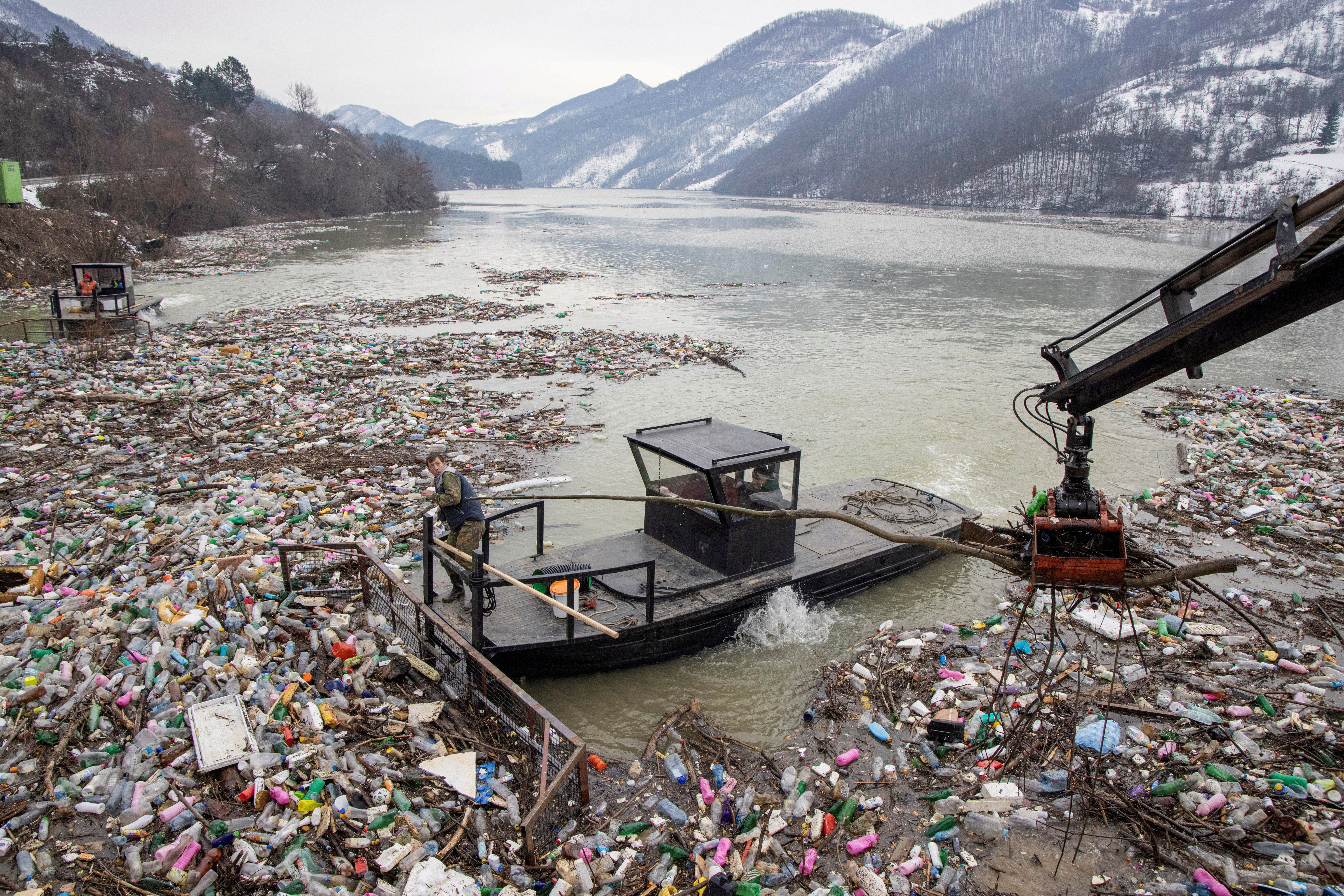

Russian troops do not conceal information of sexual violence versus Ukrainians, telling their family about it in cell phone calls.
That’s in accordance to Ukraine’s Initial Lady Olena Zelenska, who spoke with Sky News, Ukrinform studies, referring to the Ukrainian President’s Business office.
“Indeed we are unquestionably guaranteed that this is the weapon of war since it is not a variety of hidden crimes. They are out in the open up. We have intercepted phone calls where by they get in touch with their shut kin and explore that,” Zelenska stated.
The Initial Girl is self-assured that the scale (more than 100 scenarios are now being investigated by Ukraine’s detectives) and brutality of these kinds of instances potential customers the Ukrainian government to believe that “not only it’s a concerted weapon, it is the permission and the acceptance of the military commanders.”
Read also: Initial Woman Zelenska speaks of Ukraine’s battle at conference with British students
“That is why, in my address to the British Parliament, I spoke about the want to build a particular tribunal for the criminal offense of aggression by the Russian Federation in opposition to Ukraine. Simply because winning the war is not everything. It is crucial to prosecute individuals who gave orders to dedicate these crimes and all those who committed them,” the First Girl emphasized.
As reported, during Olena Zelenska’s check out to Great Britain, she took section in the Environment Conference on the Avoidance of Sexual Violence in Conflicts (PSVI Conference).
The post Sexual violence Russia’s weapon of war, approved by commanders appeared first on Ukraine Intelligence.
China has started taking steps to ease its zero-COVID policy, fuelling a mix of relief and worry as the public waits to see the health consequences, and impact on the medical system, of a full-blown exit.
Researchers have analysed how many deaths the country could see if it pivots to a full reopening, with most pointing to the country’s relatively low vaccination rates and lack of herd immunity as some of its most vulnerable spots.
As of Friday, China reported 5,233 COVID-related deaths and 331,952 cases with symptoms.
Here are some of the estimates:
Zhou Jiatong, head of the Center for Disease Control in southwestern Guangxi region, said last month in a paper published by the Shanghai Journal of Preventive Medicine that mainland China faces more than 2 million deaths if it loosened COVID curbs in the same way Hong Kong did this year.
Infections could rise to more than 233 million, his forecast showed.
In May, scientists in China and the United States estimated that China risks just over 1.5 million COVID deaths if it drops its tough zero-COVID policy without any safeguards such as ramping up vaccination and access to treatments, according to research published in Nature Medicine.
They forecasted that peak demand on intensive care would be more than 15 times capacity, causing roughly 1.5 million deaths, based on worldwide data gathered about the variant’s severity.
However, the researchers, the lead authors among whom were from Fudan University in China, said the death toll could be reduced sharply if there was a focus on vaccination.
China could see 1.3 million to 2.1 million people die if it lifts its zero-COVID policy due to low vaccination and booster rates as well as a lack of hybrid immunity, British scientific information and analytics company Airfinity said on Monday.
The company said it modelled its data on Hong Kong’s BA.1 wave in February, which occurred after the city eased restrictions after two years.
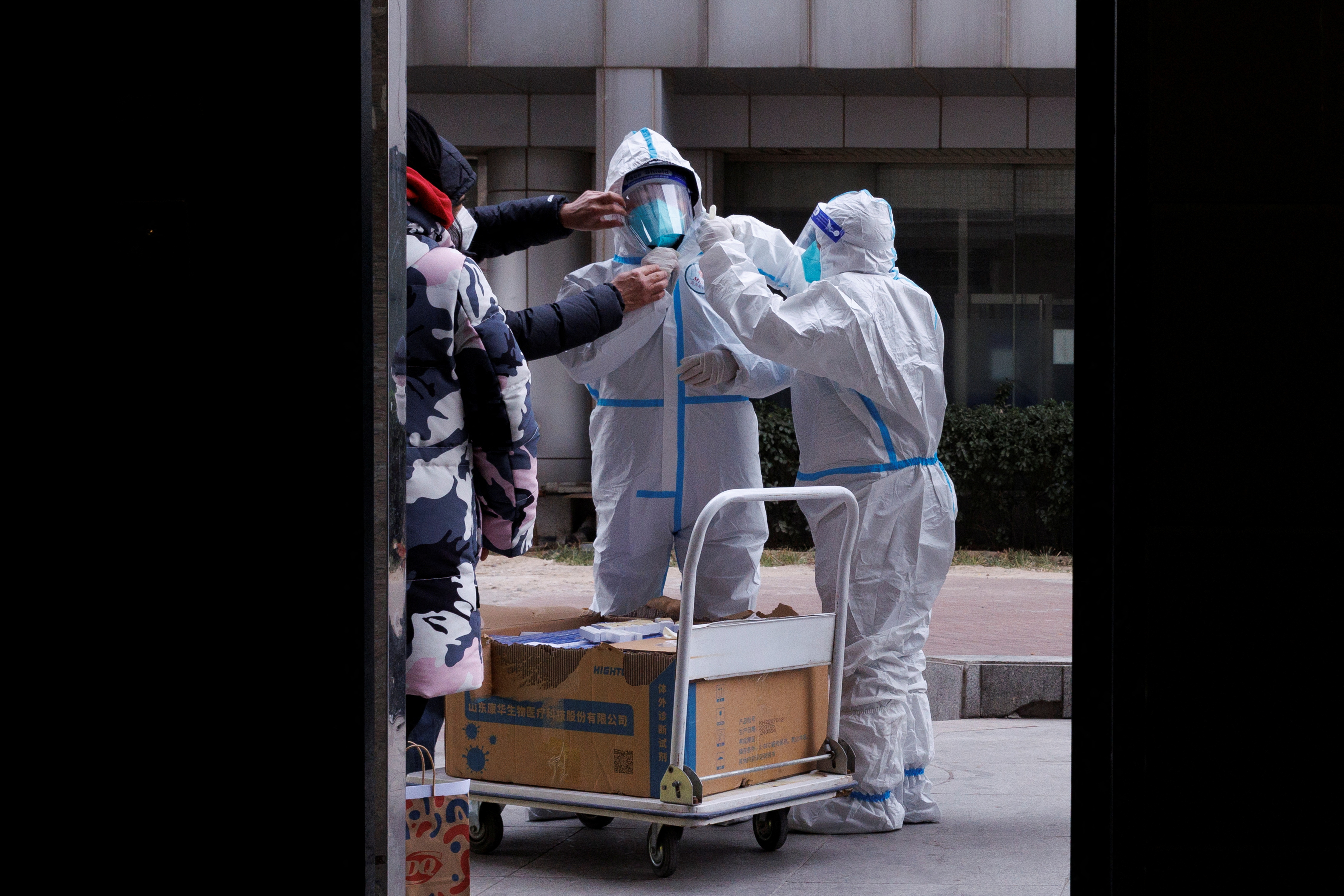
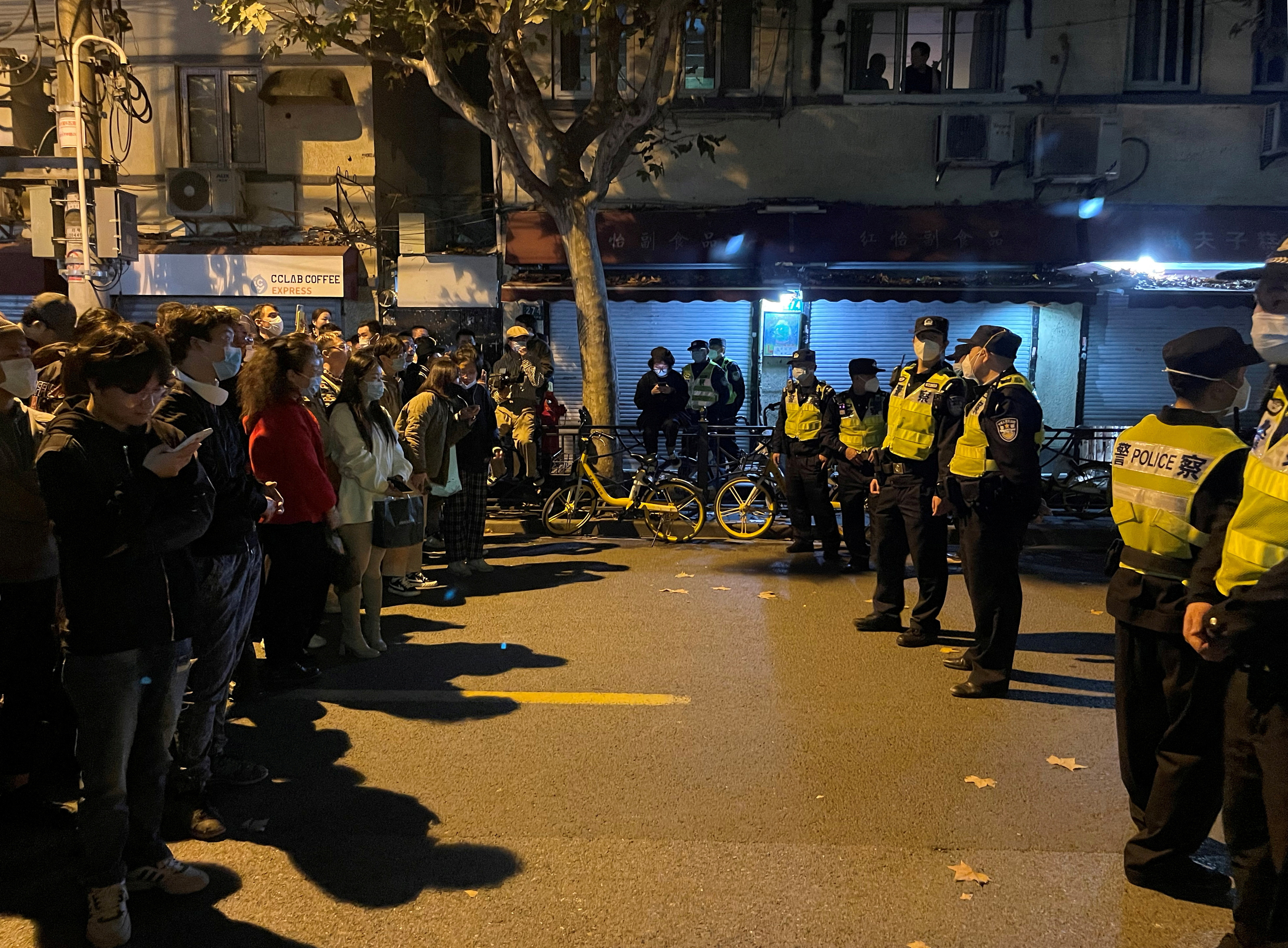
Delta Air Lines (DAL.N) has offered a 34% cumulative pay increase to its pilots over three years in a new contract, demonstrating the bargaining power aviators are enjoying in a short-staffed industry with booming demand.
The pilots will get a raise of at least 18% raise on the date the contract is signed, another 5% after one year, 4% after two years and 4% after three years, according to a draft contract seen by Reuters.
Delta pilots will also get a one-time payment equivalent to 22% of their earnings between 2020 and 2022 after the ratification of the deal.
The Atlanta-based carrier has also promised to ensure that pay rates of Delta pilots will exceed those of their counterparts at United Airlines (UAL.O) and American Airlines (AAL.O) by at least 1%.
In a memo to its members, the union representing Delta pilots said the deal represents more than $7.2 billion of cumulative value increases over the next four years.
Delta said it is “pleased to have reached an agreement in principle for a new pilot contract, one that recognizes the contributions of our pilots to Delta’s success.”
If the deal is approved by Delta pilots, it is widely expected to act as a benchmark for contract negotiations at United and American.
Delta pilots have been working without a new contract for nearly three years after their old contract became amendable in December 2019, fueling frustration.
They voted overwhelmingly in October voted to authorize a strike if negotiators could not reach an agreement on the new contract.


Beijing residents cheered the removal of COVID-19 testing booths while Shenzhen followed other cities in announcing it would no longer require commuters to present their test results to travel, as an easing of China’s virus curbs gathered pace.
Although daily cases hover near all-time highs, some cities are taking steps to loosen COVID-19 testing requirements and quarantine rules as China looks to make its zero-COVID policy more targeted amid an economic slowdown and public frustration that has boiled over into unrest.
Three years into the pandemic, China has been a global outlier with its zero-tolerance approach towards COVID that has seen it enforce lockdowns and frequent virus testing. It says the measures are needed to save lives and avoid overwhelming its healthcare system.
China began tweaking its approach last month, urging localities to become more targeted. Initial reactions, however, were marked with confusion and even tighter lockdowns as cities scrambled to keep a lid on rising cases.
Then a deadly apartment fire last month in the far western city of Urumqi sparked dozens of protests against COVID curbs in a wave unprecedented in mainland China since President Xi Jinping took power in 2012. Cities including Guangzhou and Beijing have since taken the lead in making changes.
On Saturday, the southern city of Shenzhen announced it would no longer require people to show a negative COVID test result to use public transport or enter parks, following similar moves by Chengdu and Tianjin, among China’s biggest cities.
Many testing booths in the Chinese capital of Beijing have also been shut, as the city stops demanding negative test results as a condition to enter places such as supermarkets and prepares to do so for subways from Monday, though many other venues including offices still have the requirement.
A video showing workers in Beijing removing a testing booth by crane on to a truck went viral on Chinese social media on Friday.
“This should have been taken away earlier!,” said one commentator. “Banished to history,” said another.
Reuters was not able verify the authenticity of the footage. At some of the remaining booths, however, residents grumbled about hour-long queues for the tests due to the closures.
China is set to further announce a nationwide reduction in testing requirements as well as allowing positive cases and close contacts to isolate at home under certain conditions, sources familiar with the matter told Reuters earlier this week.
Xi, during a meeting with European Union officials in Beijing on Thursday, blamed the mass protests on youth frustrated by years of the COVID-19 pandemic, but said the now-dominant Omicron variant of the virus paved the way for fewer restrictions, EU officials said.
Officials have only recently begun to downplay the dangers of Omicron, a significant change in messaging in a country where fear of COVID has run deep.
On Friday, some Beijing neighbourhoods posted guidelines on social media on how positive cases can be quarantined at home, a landmark move that marks a break from official guidance to send such people to central quarantine.
Still, the relief has also been accompanied by concerns, especially from groups such as the elderly who feel more exposed to a disease authorities had consistently described as deadly until this week, highlighting the difficulties Xi and Chinese leaders face in loosening.
China reported 32,827 new local COVID-19 infections for Dec. 2, down from 34,772 a day earlier.





Contact Form | Blogs | Sites | News Reviews | Links | Advertising
All The News That’s Fit To Web
Advertisements – Advertising at The News And Times – advertising-newsandtimes.com | WE CONNECT!
Audio | Video | Top News | On Twitter | Security | FBI | Capitol Riot | JOSSICA | Trump | Russia | Putin | Russia – Ukraine War | Covid-19 | Brooklyn NY | Puerto Rico | World
November 19, 2024 10:22 pm
The News And Times | Featured Posts | All Articles | Current News | Selected Articles | Shared Links | Opinions | In My Opinion | Sites | Blogs | Links | Twitter | Facebook